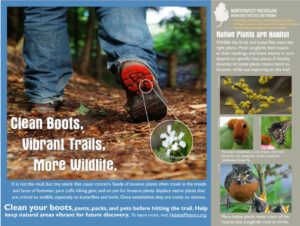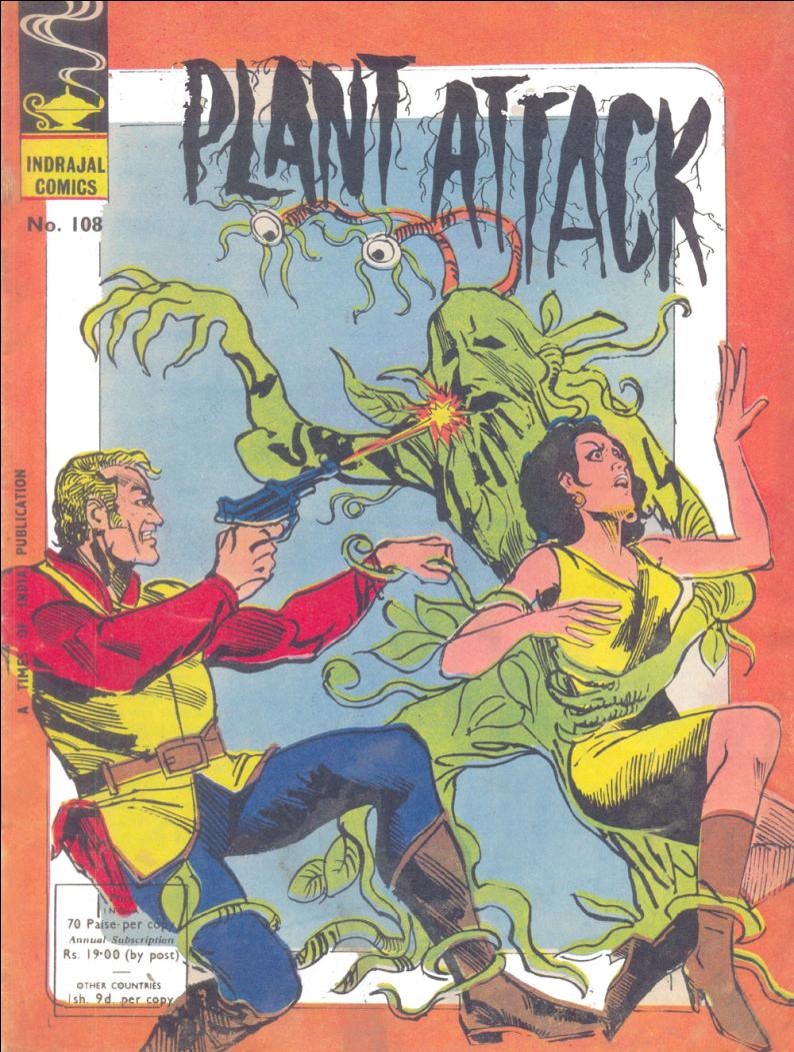Ask a biologist about the definition of a species or a poet for the definition of love, and you’ll end up with a headache. Even the simplest definition for the most obvious thing ever is so, so easy to mess up. Getting into something more nuanced is asking for trouble. So when I was helping some friends out with plant choices and the inquired about the difference between native, non-native, and invasive, I knew a few sentences just wasn’t going to cut it. I couldn’t find an article that I thought hit all the right points, and thus, an explanatory article was born.
Nearly all of my examples of native/non-native/invasive are framed thinking about North America and may even be narrowed in on the Great Lakes region, because that’s my area of expertise. They’re almost all plants too, because I’m biased, but there are examples in every type of life from archaea, bacteria, and fungi all the way “up” to mammals.
Native
Native species can be the hardest to explain. Simply put, natives are species that are from a particular place without human intervention–humans didn’t put them there directly or indirectly. Digging into that a bit means that “native” can vary a lot based on what scale one is considering, and whether or not there are records of pre-settlement organisms (think fossils). Mostly, thinking about whether or not a species is native in terms of a state, province, or habitat type is the most useful, though there are situations where bigger or smaller scales are applicable. As with anything, there are lots of other names for native, like “indigenous.”
The biggest part of considering whether or not a species is native is considering how it fits into the food web. Native species that have been in a place or ecosystem for thousands of years have evolved with and against their “allies” and “enemies.” Natives may be resistant to a pest or disease (like the trees in Pennsylvania forests unharmed by a soil fungus), or have a specific pollinator or predator that’s specially adapted to help them or eat them. Think about how milkweed evolved its milky sap to deter herbivores, but monarch butterfly caterpillars use those toxins to make themselves unpalatable. “Arms races” like these are all over nature, keeping populations in check. Native plants feed the food web, too, particularly when thinking about songbirds. A nest of teeny baby chickadees needs 6-9,000 caterpillars to grow up into fledglings, because insects are full of fat and protein. Caterpillars, by and large, grow up noshing on native trees and plants. These tight connections are what makes a functioning ecosystem.
Non-Native
The most infuriating way to define anything is to explain what it’s not, but that seems to be the most useful way to talk about non-native species: they’re species that aren’t from a place. Again, depending on your scale, this could mean not from a particular site or county (if you’re magically gifted with some incredible pre-settlement data), all the way up to “evolved on a different continent.” Non-native is a neutral judgement, though it does mean people put it in that place (though maybe not on purpose). Japanese knotweed, an extremely aggressive plant from Asia that causes scads of damage to infrastructure and habitats, is non-native to everywhere that isn’t Japan. Crisp, juicy apples grown all over the world are not native outside of central Eurasia (likely modern-day Turkey or Kazakhstan). Non-native species can also be called introduced, alien, or exotic.
The Lines Blur…
A native or non-native designation is not always clear-cut. For example, jimson-weed is native to southern North America, but not native to Michigan. Many prairie plants (like wild quinine and blue false indigo) are native to Indiana, Illinois, Wisconsin, Minnesota, and Ohio, but the thick forest ecosystems of Michigan prohibited their movement into the state before European colonization. The question becomes whether these plants are “native enough” to have the habitat-specific insects needed to pollinate and munch on them (and support the rest of the food web) in Michigan like they do in the other states. It can be hard to make a call on where to draw the line. Assisted migration (helping plants move to where their habitats WILL be in the face of a changing climate, because plants can’t run and generally reproduce slowly), also brings up a lot of questions about what’s native, what’s not, and what’s close enough when we’re trying to save the world (or at least the ecosystems) as we know it.
Whether something native OR non-native is “good,” “bad,” or “neutral” depends entirely on management goals. A nutritious non-native plant (like common purslane) could be considered an undesirable if it’s growing in a flower bed or veggie garden where it’s unwanted. Daffodils, tulips, and hostas aren’t native to North America and don’t support insects apart from a few generalist pollinators (no caterpillars for birds), but bring us lots of joy in our gardens. Native poison ivy doesn’t have a lot of fans apart from the insects and birds that eat it. Non-native giant hogweed burns skin and kills children, but has also been a part of the garden trade (though it’s now illegal in LOTS of places). When making qualitative judgements about non-native species, it’s helpful to have some guidelines concerning management goals.
Invasive
Invasive species, as defined by the US Government, is any species that is not native to that ecosystem whose introduction does or is likely to cause economic or environmental harm or harm to human health. A shorter way to say this would be that invasives are non-native species that cause harm of all sorts. Cheatgrass excludes native species and raises fire risks. Japanese barberry doesn’t provide food for herbivores, changes soil chemistry, and harbors the tick species that carries Lyme disease. Garlic mustard puts chemicals out into the soil that stop forest regeneration, slowing lumbering cycles. Unfortunately, this definition is still very “squishy”–some invasive species cause some good and some harm, like invasive Phragmites, which is great at removing heavy metals from contaminated soils, but also really good at dominating wetland habitats, preventing waterfowl nesting, fish spawning, and good water movement.
Exactly how much harm “qualifies” an organism as invasive is a huge point of contention between many factions: nurseries and land managers disagree, scientists seem to bicker, and even people dedicated to managing invasive species struggle to prioritize one species over another (I don’t have a citation for this except to say “my career”). Many governments (from national all the way down to cities and townships) have regulations concerning invasive species, but it’s often just the “worst of the worst” that are identified, as codifying lists into law is time-consuming. Looking to a local invasive species effort is often the best bet for learning more about invasive species; the Michigan Invasive Species Coalition, Midwest Invasive Species Information Network, Florida Invasive Species Partnership, and Arkansas River Watershed Invasive Plants Partnership are a few examples of what you might look for.
Another important thing to note: native species, by definition, cannot be invasive. Although they may be harmful (like brown recluse spiders, or those ticks carrying Lyme disease), aggressive (think wily weeds in the garden competing with cared-for carrots and crocuses), or just unwanted (I don’t like the way box-elder looks or grows and might cut it down if it was growing in a place I didn’t like), they’re not invasive.
Humans

Boot brush station sign created by the Northwest Michigan Invasive Species Network
“Aren’t humans an invasive species?” I get this question a lot in my line of work in invasive species management. The shortest answer is “yes, absolutely.” We move like crazy, aren’t native outside of Africa, and cause HUGE negative impacts on our environment and our own health. We’re a problem. A lot of times, the person asking the question is trying to “get” me with this question, but there’s one key element of our invasiveness that makes us special: we have problem-solving abilities and have the power to change what we do and how we do it.
At the most personal scale, we can clean our boots and boats to stop the spread of “hitchhiking” invasive reproductive parts like seeds and eggs.
Around the house and in our neighborhoods, we can pick and choose which plants and animals we raise and eat.
Thinking big, we can make less trash, buy local, and even have fewer babies if we want to–all of which can really change our impacts on the world around us.
A lot of other invasive species don’t get to make choices like that.




